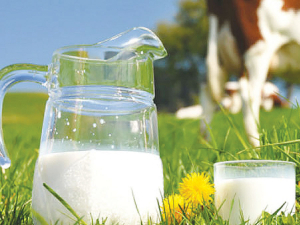The benchmark gauge for world food prices went up in February, reaching an all-time high, says the Food and Agriculture Organization of the United Nations (FAO).
The rise was led by vegetable oils and dairy products.
The FAO Vegetable Oils Price Index led the increase, rising 8.5% from January to reach a new record high, mostly driven by increased quotations for palm, soy and sunflower oils.
The sharp increase was primarily driven by sustained global import demand, which coincided with reduced export availabilities of palm oil from Indonesia, lower soybean production prospects in South America, and concerns about lower sunflower oil exports due to disruptions in the Black Sea region.
The FAO Dairy Price Index averaged 6.4% higher in February than in January. This was underpinned by lower-than-expected milk supplies in Western Europe and Oceania, as well as persistent import demand, especially from North Asia and the Middle East.
The FAO Meat price index rose 1.1% from January, with beef quotations reaching a new record high amid strong global import demand and tight supplies of slaughter-ready cattle in Brazil as well as high demand for herd rebuilding in Australia.
While pig meat prices edged up, those of lamb and poultry meat declined, in part due to high exportable supplies in Oceania and reduced imports by China following the end of the Spring Festival.
“Concerns over crop conditions and adequate export availabilities explain only a part of the current global food price increases. A much bigger push for food price inflation comes from outside food production, particularly the energy, fertilizer and feed sectors,” says FAO economist Upali Galketi Aratchilage.
“All these factors tend to squeeze profit margins of food producers, discouraging them from investing and expanding production.”
The FAO Food Price Index measures average prices over the month, so the February reading only partly incorporates market effects stemming from the conflict in Ukraine.



















